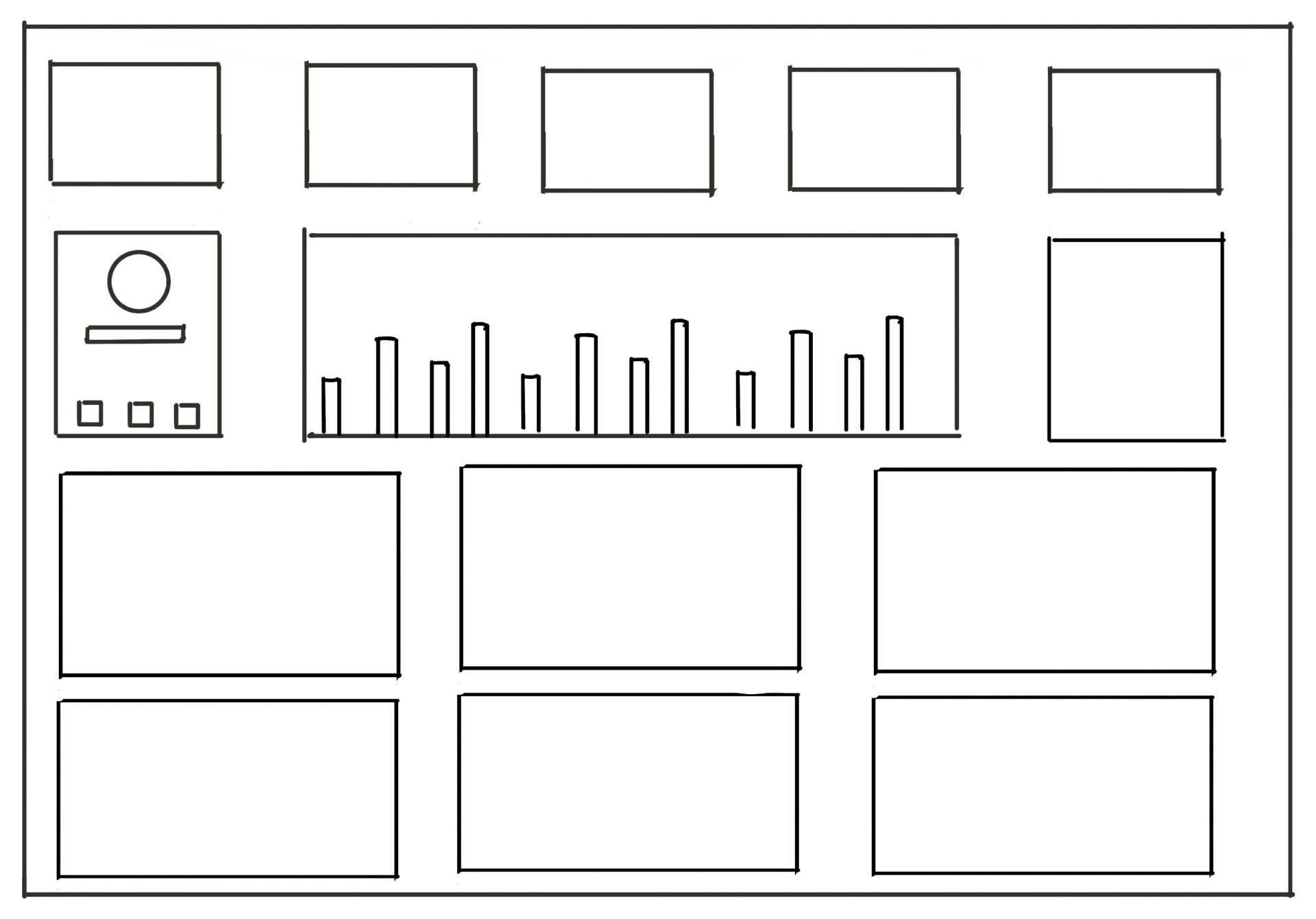A More Usable Dashboard

Discipline: UX Design UI Design Interaction Design

Collaborators: Sales Team CFO Ownership Dev Team Data Team

User Stories
As a sales manager I like to be able to see my sales for the day, as well as my teams. Being able to view that as well as seeing other vital info like onboarding customers would be helpful in planning my day.
The Challenge
Tasked with updating all of the pages of our internal facing sales product from Version 1 to Version 2, I was faced with the challenge of creating a more useful dashboard with more useful data that would be needed day-to-day, as well as creating a 'prettier' interface.
Discovery
The discovery phase began with interviews of various stakeholders. This included ownership, director level sales positions and sales people. Current dashboards only update once a day, so sales people were always going to be looking at old data. On top of that, the dashboard was only applicable to account managers (sales people who work with customers), and not carrier sales managers (sales people who work with carriers)
Through user interviews, I discovered new hires and sales people who weren't performing were placed on a ramp plan. None of the performance stats for the ramp plan were available in our internal product. Once a week the sales director pulled data from various outside sources and excel sheets, made screen shots and emailed it out to sales managers. It was about half a days worth of work every week for our director.

The Approach
Taking the obvious route.
Through the discovery phase it was quite obvious some of the changes that needed to take place.
- The data on the dashboards needs to update more than once a day.
- The original dashboard was built for Account Managers. Several other departments also used this software, and the dashboard was not applicable. Dashboards should be built out for other departments as well.
- Better stats, not that the current ones were bad, but elements such as "Ramp Stats" would increase usability.It would also increase transparency and let users know how they were performing against their expectations.
How were we going to achieve this? The dashboard updating would have be through conversations with the data team. Our company was in our infancy of moving data to a data warehouse, but that was being done for reasons just like this. As far as the dashboard being applicable to to other departments, we'll have to create separate dashboard for them as well.
The Stats
Choosing the stats for the new dashboard came from interviews with account managers and sales managers, followed by creating prototypes, and then a series of testing. Of course, getting the right stats on the dashboard would come down to iterating and testing. Through the interviews I learned:
- More than anything account managers cared about where they were sales wise for the day, as well as how much commission they had made off those sales
- Ownership & management cared about onboarding customers, customer utilization (how much of their transportation spend we were capturing), they also wanted to push margin dollars over revenue.

pic of various mockups